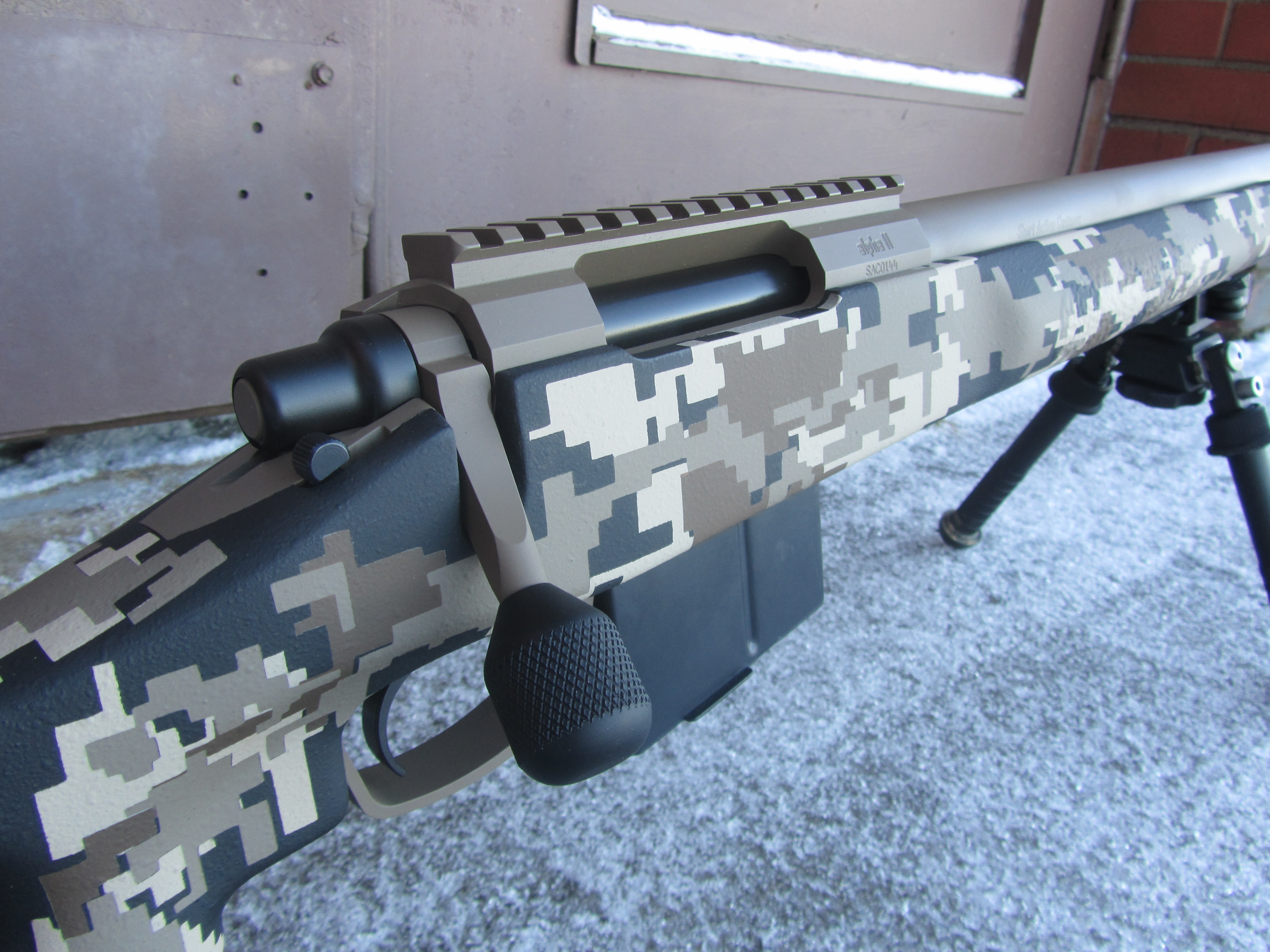
Tokarev SVT-40
The Forgotten Tokarev
Initially losing to Simonov’s AVS36, Tokarev’s design was later retried and adopted as the SVT 38, later becoming the SVT 40 after the Finnish Winter War debacle that the Soviet Union found itself in, just prior to the Second World War.The SVT-40 saw widespread service during and after World War II. The initial reaction of the troops to this rifle was negative. Among the issues were that the rifle was too long and cumbersome, difficult to maintain, and the magazine had a tendency to fall out.

In service, SVTs frequently suffered from vertical shot dispersion. The army reported that the rifles were of “flimsy construction and there were difficulties experienced in their repair and maintenance”.
The stock, made of Arctic Birch, was prone to cracking in the wrist from recoil. This was generally remedied by drilling and inserting one or two large industrial bolts horizontally into the stock just before the wrist meets the receiver.

Many rifles were also poorly seated in their stocks, letting the receiver shift on firing. This led to a field modification that selectively shimmed the stock with birch chips, usually around the receiver and in between where the wood stock meets the lower metal handguard.

However, on the plus side the SVT-40 design is pretty much forward thinking in many aspects, the rifle featured a 10 round detachable magazine, short stroke gas piston operated tilt locking bolt, and an extremely lightweight construction compared to numerous other designs of the time.

The SVT-40 was also the second most produced semi-automatic rifle of the Second World War after the M1 Garand, with over 1.6 million rifles manufactured during the war. Had it not been for the war itself, the SVT 40 was well on the path to completely replacing the Mosin Nagant.
But with the changing infantry tactics against the German Army, and the severe shortage of manufacturing capability, in addition to some reliability and accuracy issues, led to the diminishing usage of the rifle during the war, with product ceased at the end. Of course, Simonov got the last laugh with elements of his AVS-36 being incorporated into the 7.62x39mm SKS, making the SVT 40 obsolete by the war’s end.
Dead Foot Arms
Sources: Wiki, TFB Youtube, Miles V




